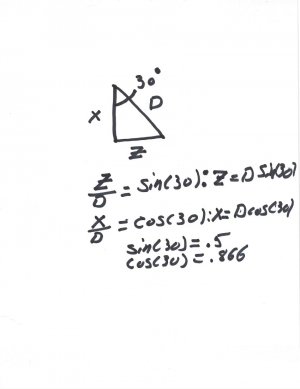I'm not understanding the question.
This may not apply at all to what you are asking but here goes. If you are cutting imperial threads on a lathe with an imperial lead screw, When the threading pass has reached the end of needed travel, you disengage the halfnuts, using the carriage handwheel or the powerfeed and return to the start point. With the lathe running in the required direction, start the feed by engaging the halfnut lever when the dial passes the same point you have chosen to use in the first pass. (Depending on what thread you are cutting there can be multiple dial #s that will work.) As the threading dial approaches the desired #, just before it gets to the #, put just a little pressure on the lever so that as the # comes up you can just push the lever down and engage without needing to slam it down like I sometimes see.
Now to the issue of having a lathe that has an imperial lead screw and needing to cut metric threads. Or vise versa. (There are lathes that have gear boxes that can cut both types of threads using the above method, but not common on lathes most people have.) You need to keep the half nuts engaged once you start. This means after completing a threading pass you stop the lathe back the cutter out, reverse the spindle rotation, back to the beginning of the cut. Stop the machine, move the cutter in a bit deeper than the last cut, change the rotational direction of the spindle and start the feed again. It is much easier to do all this if you can feed from the shoulder or the part out to the open end. No need to try and stop suddenly as you approach the shoulder. Watch Joe Pie's videos on threading. Much easier to see than me trying to talk about it. He simplifies the entire procedure. There are those on this site that don't like his method for reasons I've been unable to understand, but to each their own. I subscribe to the KISS principle.
Was this an answer to what you were asking? I should have just said WATCH JOE PIE'S videos! The guy is very good.

